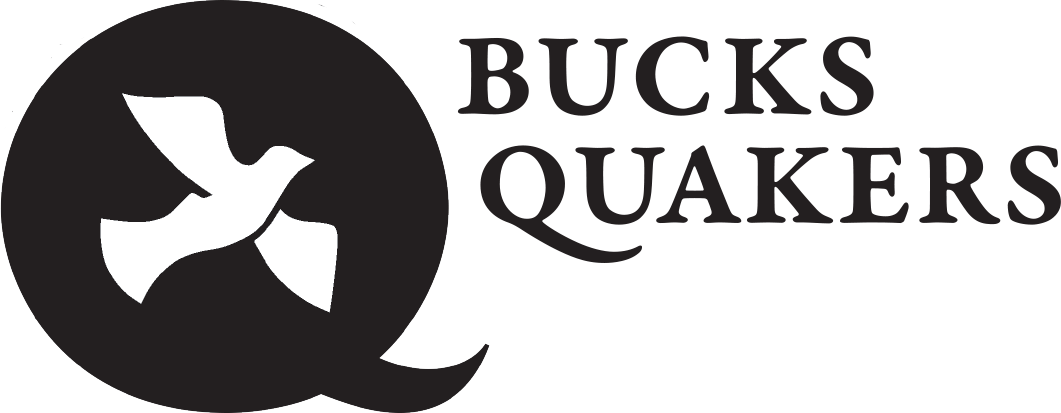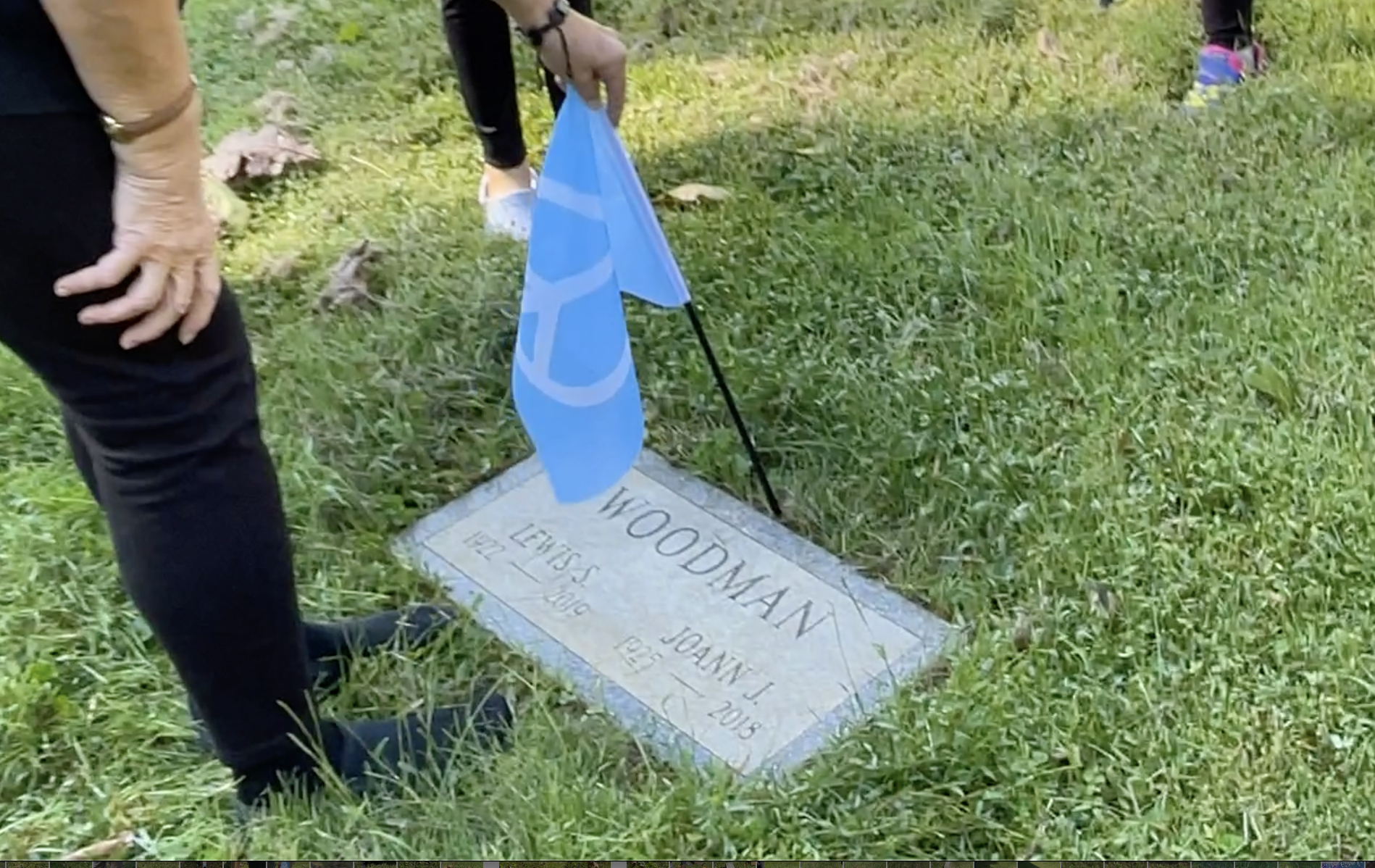Newtown Friends Honor Conscientious Objectors
If you pass by a graveyard or cemetery, you can often find a sea of American flags. That’s probably due to the efforts of local VFW posts who proudly honor veterans of military service to our country by placing American flags on their graves. These flags are usually placed around Memorial Day and removed before the snow flies, around Veterans Day. But what about those who have moral or religious objections to serving in the military, as many Quakers do? What about honoring our Conscientious Objectors?
According to the US Government, a Conscientious Objector (CO) is defined as “one who is opposed to serving in the armed forces and/or bearing arms on the grounds of moral or religious principles.” Two types of service are available to conscientious objectors, and the type assigned is determined by the individual’s specific beliefs. A person who is opposed to any form of military service will be assigned to alternative service. A person whose beliefs allow them to serve in the military, but in a noncombatant capacity, will serve in the Armed Forces but will not be assigned training or duties that include using weapons.
During World War II an estimated 43,000 men applied for CO status over the course of the war, but not all applications were accepted. To become a conscientious objector, a man had to be a member of a Peace Church such as the Quakers, Mennonites, or the Church of the Brethren; personal feelings were not sufficient to receive CO status. Of the 43,000 who registered as COs, 25,000 either enlisted or allowed themselves to be drafted but served in non-combat roles within their respective branches. Most of these men became medics, but some became chaplains or filled other support roles.
The 12,000 who registered for Selective Service but chose not to serve in the military found other ways to serve their country through the Civilian Public Service program. Provided under the 1940 Selective Service and Training Act, the Civilian Public Service (CPS) program was set up to provide “work of national importance” for conscientious objectors. The CPS was the work of the three Historic Peace Churches, the Brethren, Quakers, and Mennonites, who had worked together and with the federal government to provide more desirable alternatives for COs. Some of the CPS camps were operated by the American Friends Service Committee (AFSC).
Grace holding Peace Flags
Sharon Hulihan, Newtown Friends member and burial ground liaison, had an idea of a way for the children of the meeting to celebrate World Quaker Day. She wanted to honor the Friends in the burial ground who stood up for what they believed and became conscientious objectors. To figure out who was a CO, she combed through online databases, websites, and AFSC records. Her research paid off, and she identified nine COs who had objected to military service in the Civil War, World War I, and World War II. Next, she partnered with First Day School teacher Grace Ciccimaro to design a Peace Flag that could be placed on the appropriate graves.
On World Quaker Day, Susan Woodman Hoskins, daughter of one of these COs and a life-long member of the meeting, explained to the children and teachers that her father, Lew Woodman, registered as a conscientious objector in WWII and served in the CPS for three years. She related that during his three years of service he worked at four different CPS camps. His contributions included working with the Forest Service in New Hampshire, fighting fires in California and Nevada, and building privies in Florida. She shared pictures of him from the Florida camp, explaining that by installing sanitary privies they helped prevent residents from being contaminated and sickened by hookworm eggs.
The group of children and teachers then moved through the burial ground, learning a little bit about each CO, and placing a Peace Flag on the grave. They learned about Jesse Packer who was one of the first volunteers with AFSC during World War I. And they learned about Palmer Sharpless, who taught woodworking at George School for decades. He was assigned to CPS units in Maryland where he cleaned drainage channels, and New York, where the camps focused on soil erosion control and experiments in life raft rations.
These nine flags – a white peace sign on a field of sky blue – now proudly wave alongside the 32 American flags that grace the veteran’s graves. These blue flags are a gentle reminder to us about the Friends who chose an alternative way to honor their country and still stay true to their Quaker values.









